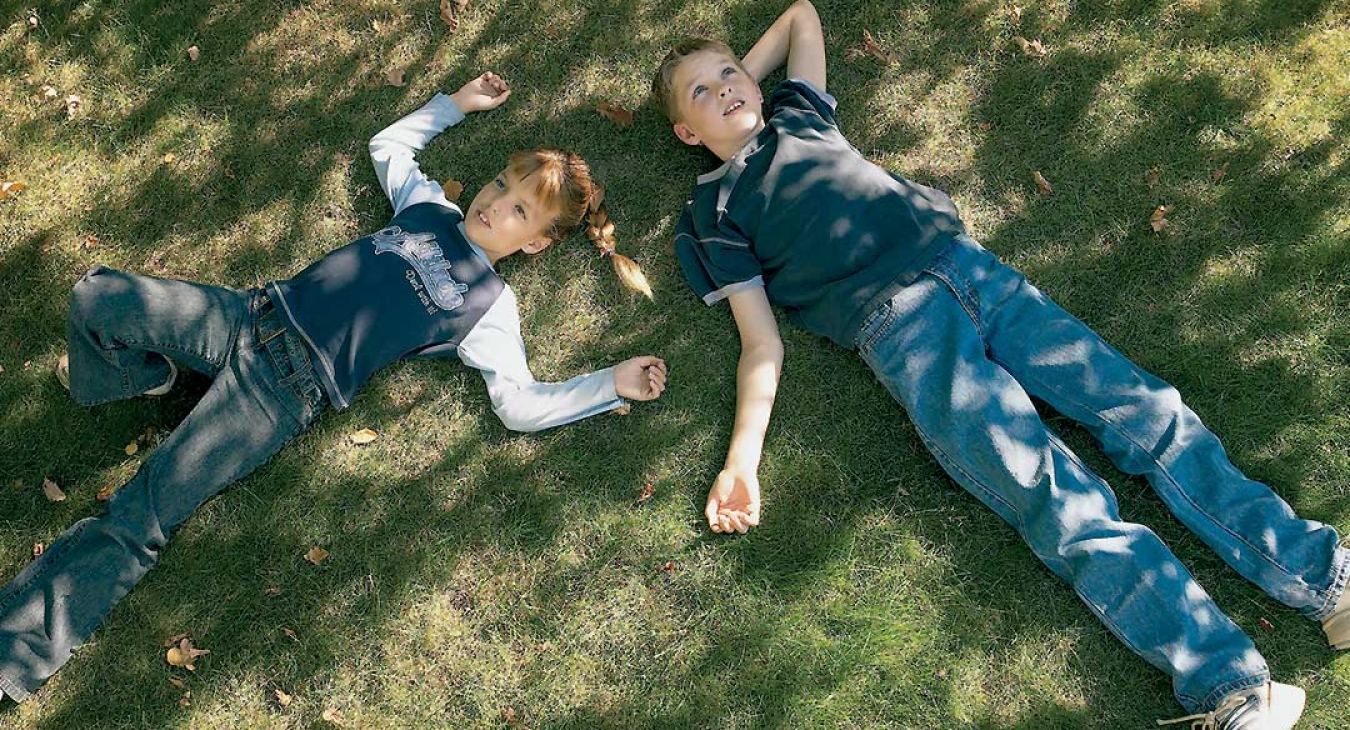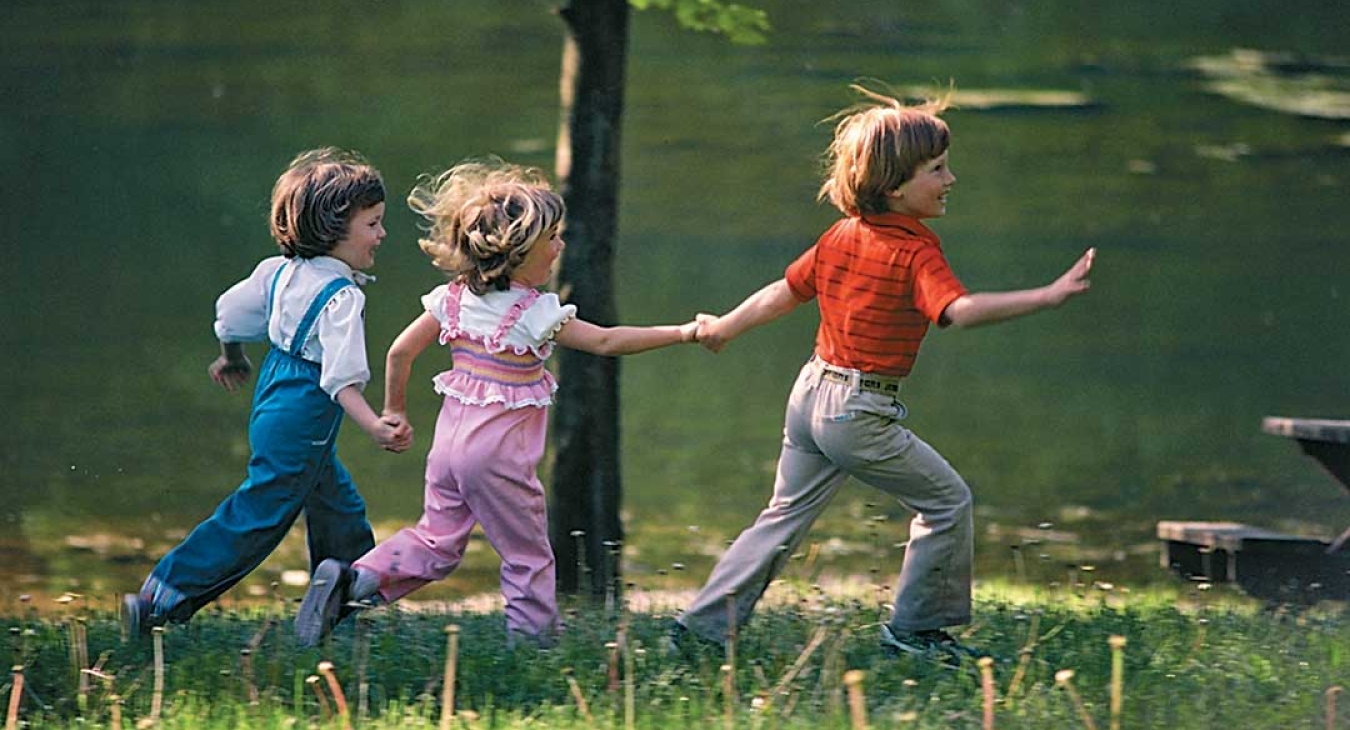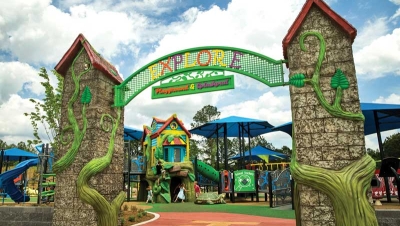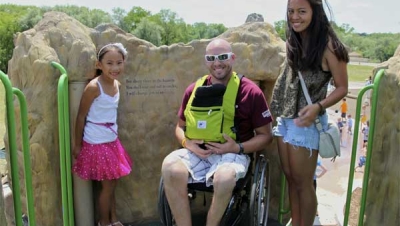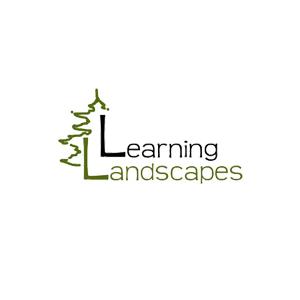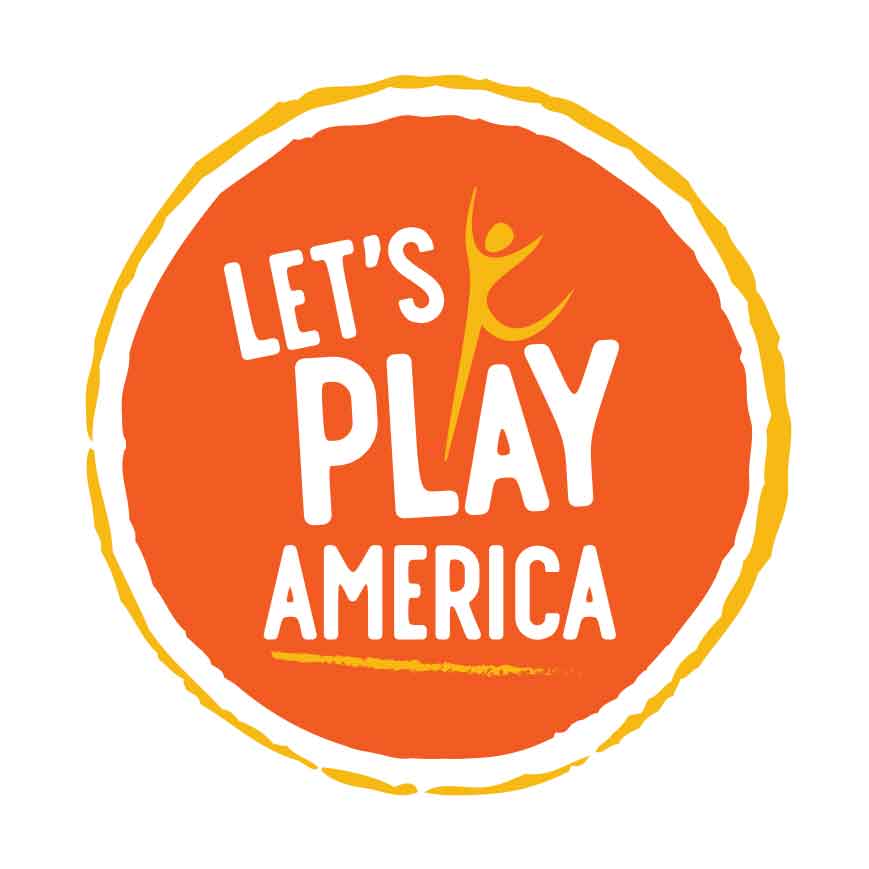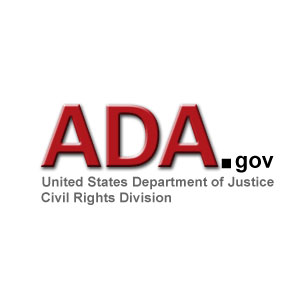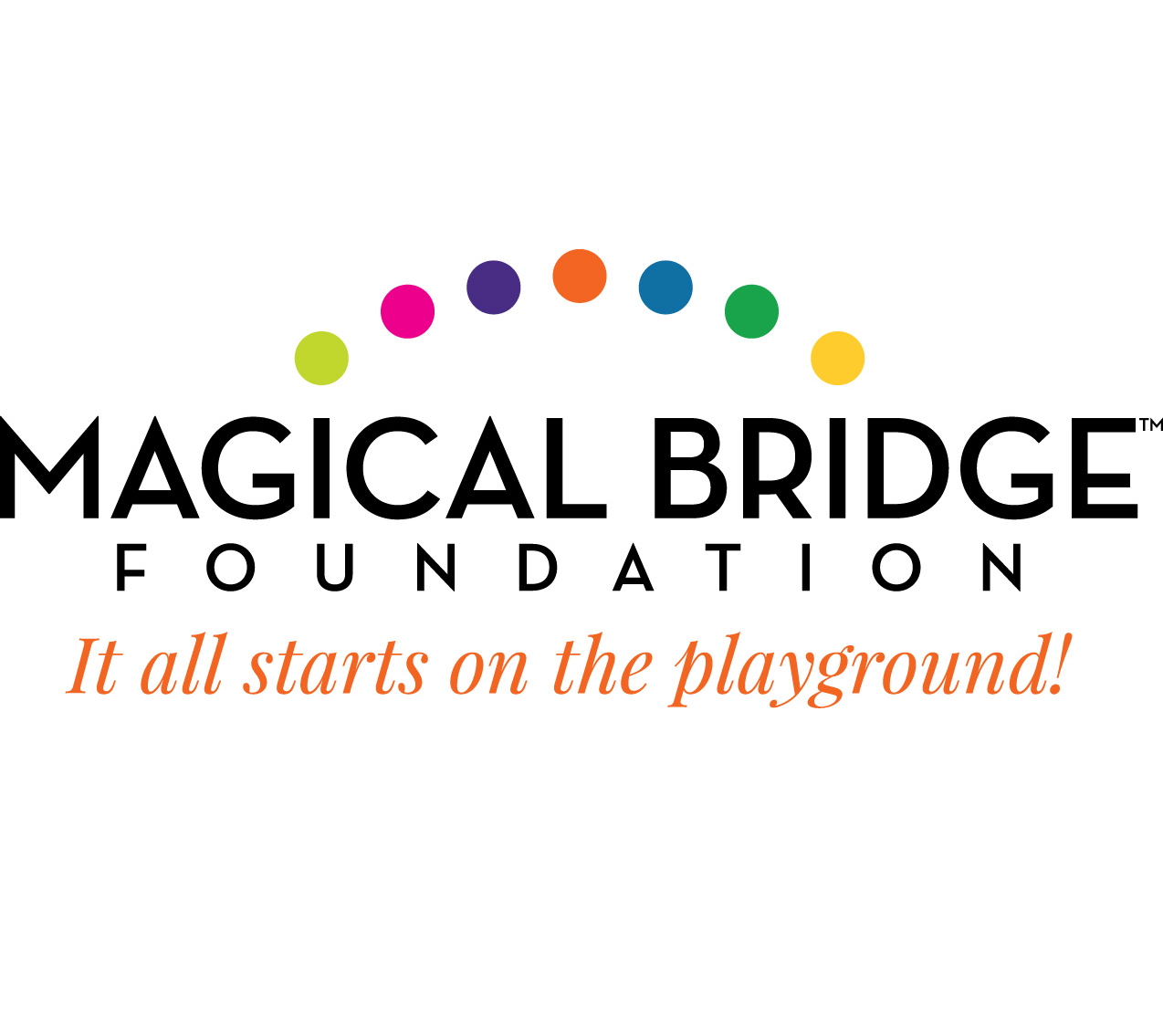Interaction on the Playground
The students didn't seem to notice as Professor Raymond T. LeBlanc entered the classroom from its back door. Coming up the center aisle, he half limped, and half ran to the front of the room. The students glanced at him nonchalantly. It was the first day of the fall semester. Nothing dramatic ever happened. Arriving at the podium, the professor banged his textbook down. The room fell silent with surprise. "It's not who you know or what you know, but what you know about whom," the teacher boomed. "This is sociology 201!"
It's not who you know or what you know, but what you know about whom
Riveting their attention on the skinny man with raven black hair, a starched white shirt, a flaming red tie, and one elevator shoe, the students sat mesmerized as the professor continued his introduction:
"Early humans learned that living in communities improved their quality of life. Not only did they learn to share resources and skills, they learned to play and compete with one another. Culture developed, and with it came curiosity about our differences as well as our similarities."
"Speaking of differences," the professor laughed as he pointed to his feet, "I don't see anyone in here with a foot like this." He kicked his elevated foot forward for all to see. "And I'm sure you are all wondering about it. So I'll tell you my story of being a child who contracted polio and had to adapt. Lucky for me, my brothers carried me all over the farm country where I grew up. I never missed anything. I climbed trees, fished, and played ball. My brothers figured out ways to keep me included. Because I was never ostracized, I grew up with confidence, and when vocational rehabilitation offered to send me to college, I grinned all the way through graduate school. And here I stand today hoping to teach you college students something!"
Dr. LeBlanc grew up before the passage of the Rehabilitation Act of 1974 and the Individuals with Disabilities Act, which was originally known as the Education of the Handicapped Act (1970). The research that went into these laws confirmed that the majority of children, when placed in the least restrictive educational environment and given good medical care and social opportunities, thrived.
The implementation of the No Child Left Behind Act gave focus on the concept of diversity in abilities among children and mandates educators to see that they succeed. However, there is a great difference between dejure (mandated by law) and defacto (the reality) success, and the challenges child care providers and educators face in helping children of all abilities interact on the playground and in the classroom can be daunting.
Diversity training for young children has become one of the more formal initiatives used to explain physical, emotional and cultural differences among children. School guidance counselors often have prepared programs they can present, and childcare workers may find helpful ideas in a variety of magazines, work shops and internet sites. For those preferring book, Special Stories for Disability Awareness: Stories and Activities for Teachers, Parents and Professionals is a helpful guide. Written by Dr. Mal Leicester, an internationally known advisor in the field of multicultural education and a professor at the University of Nottingham, this publication not only offers interactive projects for children, but it also facilitates dialogue with parents.
One of the most vehement commentaries today relating to the acceptance of children with physical, emotional, or learning differences is the lack of empathy we as a society have toward one another. Despite our growing knowledge about the causes of differences, current research reveals that our poor consistency in teaching empathy is culturally detrimental. In trying to change this phenomenon, most teachers make a point of discussing the importance of compassion, and they encourage children to identify situations where they can perform daily acts of kindness.
In some classrooms, the teacher provides a basket of silk flowers and a vase. To reinforce students individual actions and to illustrate the collective beauty of kindness, the teacher sets aside time twice each day for class members to describe the kindnesses they have performed. As each child concludes, he selects a flower from the basket and transfers it to the vase. The goal is to have a full bouquet of flowers by the end of the school day.

Some institutions add the following measurable assignments for their students and rely on sticker charts to illustrate completion:
- Validate a peer twice a day
- Contribute to a group discussion once per day
- Help a peer once or more times a day
- Initiate conversations with a different peer on the playground once a day
- Tell something I learned about myself today
The playground offers specific opportunities to increase both the sensory and physical integration of children of all abilities. Educators have long known that children enjoy taking turns as leaders, and from the early days of the one-room schoolhouse to current projects such as Breakthrough Collaborative, teachers realized that children look forward to helping their peers succeed. This is true on the playground too, where buddy systems link peers together for group games or free play.
The playground provides an environment for children to experience the impact of disabilities. Thought of by adults as sensitivity training, children can be given play activities that give them insight into physical challenges. Staging a wheelchair basketball game or race, for instance, is an experiential exercise in impeded mobility. Assigning blindfolds and guides demonstrates the challenges associated with blindness and visual impairments, and fitting braces or slings deepens a child's understanding of orthopedic problems. Children, when asked, are filled with observations and ideas regarding handicapping conditions. Some may suggest eating pureed food or feeding one another to illustrate the importance of trust and nurturance. Others may advocate having a class where static is played on the radio to show the difficulties that classmates with learning disabilities or hearing impairments have. Others, still, may recommend field trips to watch physical, speech or occupational therapists work or advocate inviting outside speakers who have disabilities to offer class presentations.
When Professor LeBlanc stated "It's not who you know or what you know but what you know about whom," he was referring specifically to cultural understanding. Today, on the playground, in our schools, in child care centers, and in our families, cultural understanding is just one of the life lessons a child must experience. Those who learn to have compassion for one another become the leaders of tomorrow who improve society and make the world a better place.


